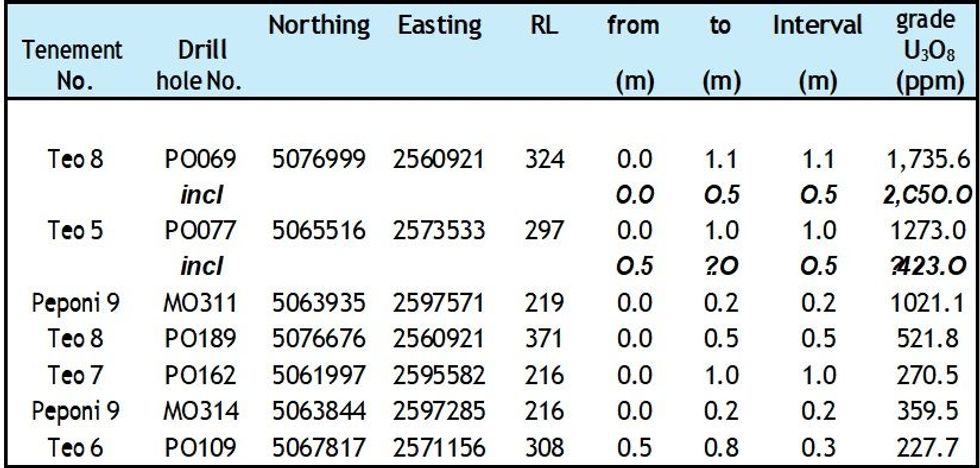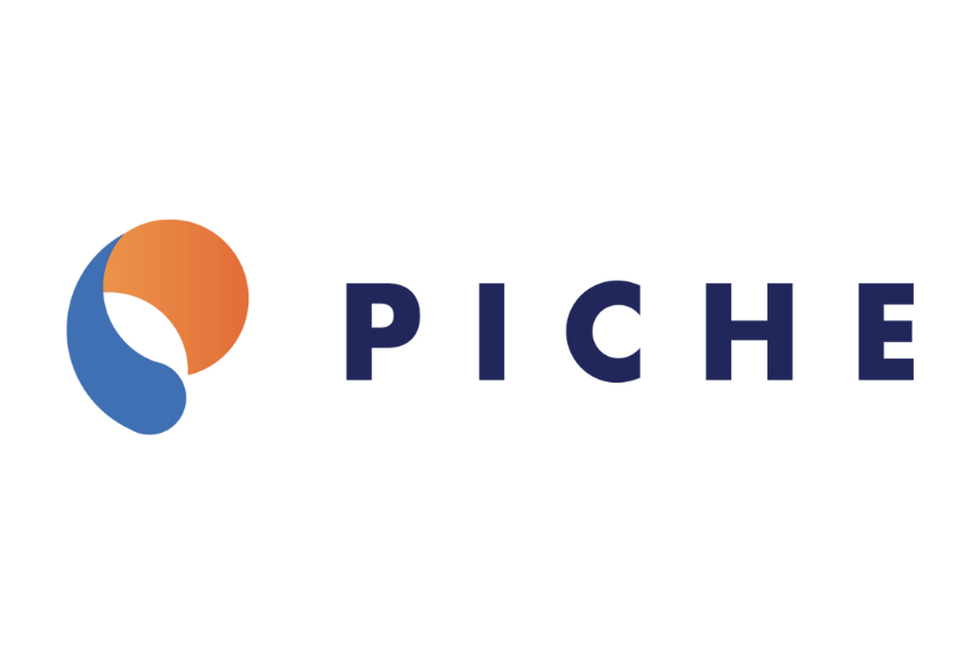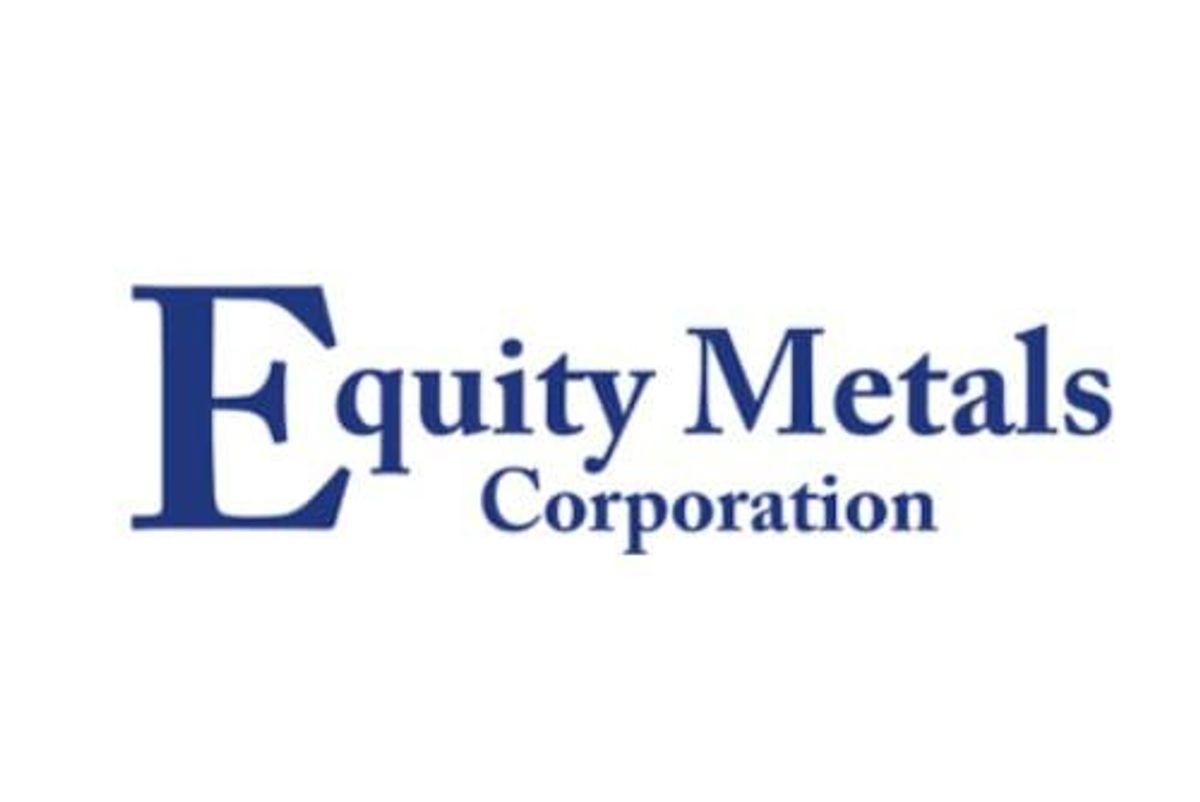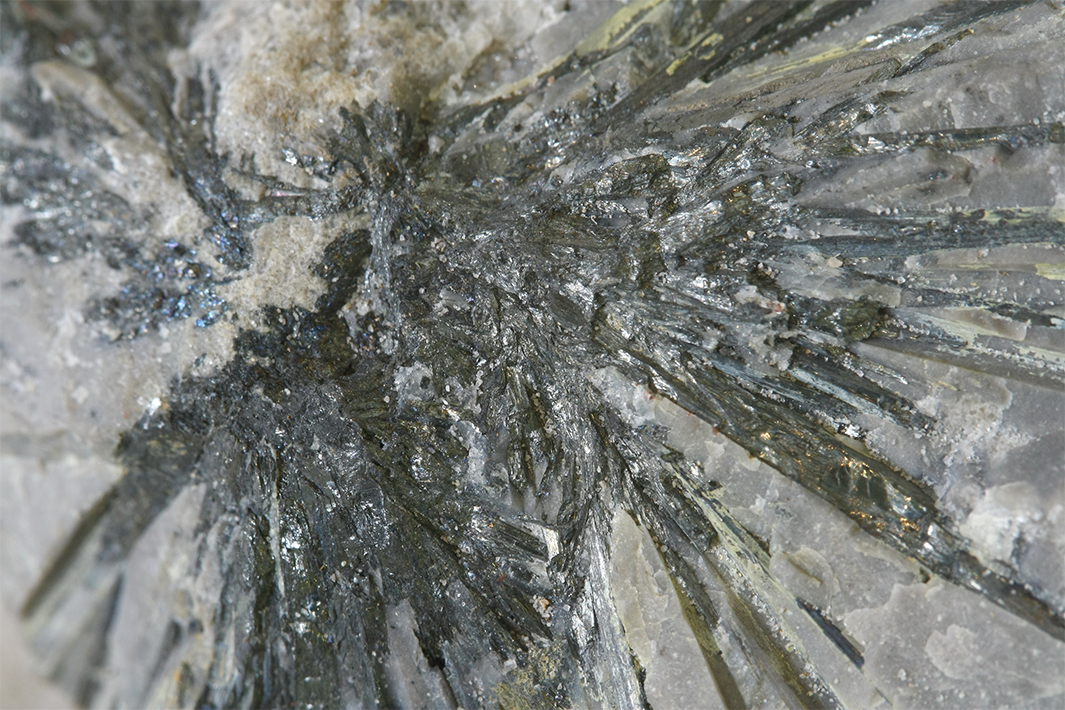
- NORTH AMERICA EDITIONAustraliaNorth AmericaWorld
October 30, 2024
Piche Resources Limited (ASX: PR2) (“Piche” or the “Company”), is pleased to present reconnaissance drill results at the Sierra Cuadrada uranium project, Chubut province, Argentina (Figure 1).
HIGHLIGHTS
- Auger drilling at Sierra Cuadrada highlights extensive areas of near surface uranium mineralization including:
- Assay results have been received for the shallow reconnaissance holes including 6 samples >1000ppm U3O8 (to maximum 2,650 ppm U3O8) and 2 samples >500ppm U3O8 (to maximum 900 ppm U3O8)
- 30% of reconnaissance hole assays showed anomalous uranium mineralization.
- Mineralisation varies in thickness from 0.5m to 4m, with an average thickness 1.5m. The largest being 6km long and 3km wide and remains open.
- These samples were instrumental in understanding the shallow subsurface geology and on prioritising target areas. Multiple areas are being evaluated to identifying priority areas for follow up trenching, mapping and delineation.
- We are waiting on 407 samples from a further 212 drill holes that are currently being prepared for assaying.
- A second auger rig has been delivered to site accelerating the current grid drill programme.
- An additional 37 uranium tenement applications lodged - total U exploration area 2,243km2. Several of the new applications are in the adjacent Rio Negro province and are prospective for sandstone hosted uranium and in-situ recovery (ISR) mineralisation.
To date 609 auger holes have been completed to an average depth of 3.91m over both regional reconnaissance and grid drilling.
Visible uranium has been recorded in 146 of the 303 holes assayed to date and 90 of those holes have returned anomalous grades up to 2,650ppm U3O8.
The most significant results from the earlier reconnaissance drilling are included in Table 1.

Drilling is currently being undertaken on a 400m x 400m grid, with some infill on 200m x 200m grid (Figure 2). Samples from a further 212 drill holes are currently being prepared for assaying, with visible uranium recorded in 38% of those holes.
As there is anomalous uranium on many of the tenements in the Sierra Cuadrada portfolio, and radiometric uranium anomalies on all of them, the purpose of the grid auger drilling is to determine areas of mineralisation suitable for trenching and sampling to enable the completion of a JORC compliant mineral resource estimate.
Following earlier reconnaissance sampling and auger drilling, the tenement portfolio has been divided into five priority areas (P1-5). Priority has been defined based on historical exploration, prior airborne radiometric anomalies, Piche field reconnaissance, recent field sampling and auger drilling1.
Detailed grid drilling commenced on the P4 (tenements Teo 5, Teo 6 and Peponi 3) area where land access agreements were first achieved. Access agreements have since been executed on P3 area and are expected to be confirmed on P1 & P2 areas in the near term.
Click here for the full ASX Release
This article includes content from Piche Resources, licensed for the purpose of publishing on Investing News Australia. This article does not constitute financial product advice. It is your responsibility to perform proper due diligence before acting upon any information provided here. Please refer to our full disclaimer here.
silver investinguranium investingasx stocksasx:pr2gold explorationgold investinggold stockscopper investing
PR2:AU

Sign up to get your FREE
Piche Resources Investor Kit
and hear about exciting investment opportunities.
- Corporate info
- Insights
- Growth strategies
- Upcoming projects
GET YOUR FREE INVESTOR KIT
The Conversation (0)
30 July 2025
Piche Resources
Targeting globally significant uranium and gold discoveries in Australia and Argentina
Targeting globally significant uranium and gold discoveries in Australia and Argentina Keep Reading...
04 December 2025
Commences Maiden RC Drilling at Cerro Chacon Gold Project
Piche Resources (PR2:AU) has announced Commences Maiden RC Drilling at Cerro Chacon Gold ProjectDownload the PDF here. Keep Reading...
06 November 2025
$2million placement to advance Argentine exploration
Piche Resources (PR2:AU) has announced $2million placement to advance Argentine explorationDownload the PDF here. Keep Reading...
06 November 2025
Reinstatement to Quotation
Piche Resources (PR2:AU) has announced Reinstatement to QuotationDownload the PDF here. Keep Reading...
30 October 2025
Quarterly Appendix 5B Cash Flow Report
Piche Resources (PR2:AU) has announced Quarterly Appendix 5B Cash Flow ReportDownload the PDF here. Keep Reading...
30 October 2025
Quarterly Activities Report
Piche Resources (PR2:AU) has announced Quarterly Activities ReportDownload the PDF here. Keep Reading...
4h
Aurum advances Boundiali development with 3 ML Applications
Aurum Resources (AUE:AU) has announced Aurum advances Boundiali development with 3 ML ApplicationsDownload the PDF here. Keep Reading...
16h
Peruvian Metals Full Capacity Throughput at Aguila Norte Processing Plant in 2025 and Focuses on Silver and Gold for 2026
Peruvian Metals Corp (TSXV: PER,OTC:DUVNF) (OTC Pink: DUVNF) ("Peruvian Metals" or the "Company") is pleased to announce production results for 2025 at its 80-per-cent-owned Aguila Norte processing plant ("Aguila Norte" or the "Plant") located in Northern Peru. The Company is also pleased to... Keep Reading...
04 January
Ongoing Drilling Continues to Return Broad Gold Intercepts
Asara Resources (AS1:AU) has announced Ongoing drilling continues to return broad gold interceptsDownload the PDF here. Keep Reading...
31 December 2025
Utah’s Antimony Resource: A Strategic Investment Play in Critical Minerals
Utah may be best known for its copper and gold legacy, but hidden beneath its rugged terrain lies one of the most overlooked critical mineral opportunities in the US: antimony. With global supply heavily concentrated in China and export restrictions tightening, Utah’s underexplored antimony... Keep Reading...
Latest News

Sign up to get your FREE
Piche Resources Investor Kit
and hear about exciting investment opportunities.
- Corporate info
- Insights
- Growth strategies
- Upcoming projects
GET YOUR FREE INVESTOR KIT
Interactive Chart
Latest Press Releases
Related News
TOP STOCKS
American Battery4.030.24
Aion Therapeutic0.10-0.01
Cybin Corp2.140.00







